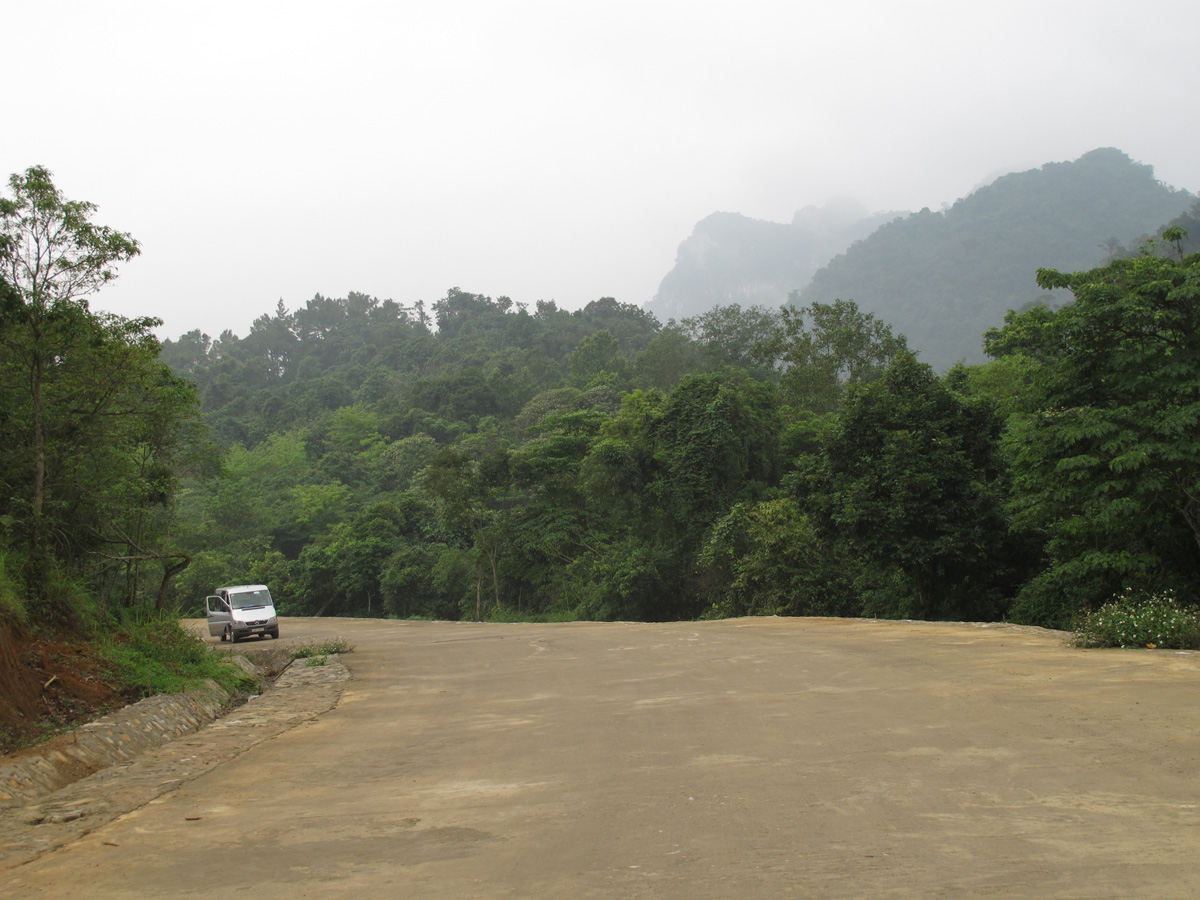Sorting Out the Family Trees of Some Vietnamese Trees—Part Two
Posted in From the Field, Travelogue on March 6, 2015 by Douglas Daly
Douglas C. Daly, Ph.D., is the Director of the Institute of Systematic Botany and the B. A. Krukoff Curator of Amazonian Botany at The New York Botanical Garden. Among his research activities, he is a specialist in the Burseraceae (frankincense and myrrh) family of plants.

In my previous post about a 3,700-mile expedition through nine provinces in Vietnam, I covered some of the interesting species of the Anacardiaceae (or sumac and cashew family) that my four colleagues and I encountered. But that was only one of the two closely related plant families for which we were searching.

The 46 collections of the second family—the Burseraceae (frankincense and myrrh family)—made during our 2010 expedition represented four genera and 14 species, compared with five genera and 20 species recorded in the most recent published guide to the plants of the whole country, suggesting that many more Burseraceae remain to be discovered in this poorly documented flora.
The most notable Burseraceae was the mysterious “Bursera” tonkinensis, named by the French botanist André Guillaumin in 1907 and based on a collection from Ké So, near Phu-ly in Hâ Nam. It is exceedingly rare, as only three collections were known, but we found a population of two or three small trees in the foothills of the northern Annamite Mountains, in Cuc Phuong National Park, which was Vietnam’s first forest reserve, decreed in 1962 and made a national park in 1986. It consists of hilly areas of lowland forest punctuated by small but very steep karst (limestone) mountains, and it was on top of one of these mountains that the expedition found a population of B. tonkinensis.
As noted, Guillaumin placed this species in the Bursera, an otherwise New World genus of probably 120 species, most of them found only in Mexico, where the genus dominates many of the country’s dry forests. The rest of the genus is found in Central America and the Caribbean, with six species in northern South America. The genus is very closely related to Commiphora, which is distributed in drier parts of Africa, Arabia, and southern Asia, with one species recognized in parts of northeastern South America. Strangely, one recently discovered new species of Bursera, B. pereirae, is the first to be recorded from Central Brazil, and preliminary DNA analyses suggest that Bursera tonkinensis, B. pereirae, and a third species that is a large rainforest tree in far northeastern Colombia, B. inversa, are among the most basal (archaic) species in the clade (or branch) of the family tree of Burseraceae that includes Bursera. In fact, B. tonkinensis may prove to be sister to all the rest of the species in Bursera and possibly represent a distinct genus.
The results of the 2010 expedition greatly advanced our understanding of the Anacardiaceae and Burseraceae, and this highlights the importance of expanding the botanical inventory of Vietnam.
Studying these two plant families in the field and making special collections for further research help to decipher the history of their evolution and their geographic distribution. In turn, with an understanding of their patterns of diversity in this region, botanists can contribute to identifying areas of highest conservation priority and lend substantial weight to arguments for protecting areas in which key members of those plant families are found.


Dear Dr. Daly,
These photos and your text provide nourishment to my inquiring mind! May you continue your valuable travels, and thank you so much, for sharing what you’ve learned with us!
Sincerely,
Sue Leffler
Member and Tour Guide